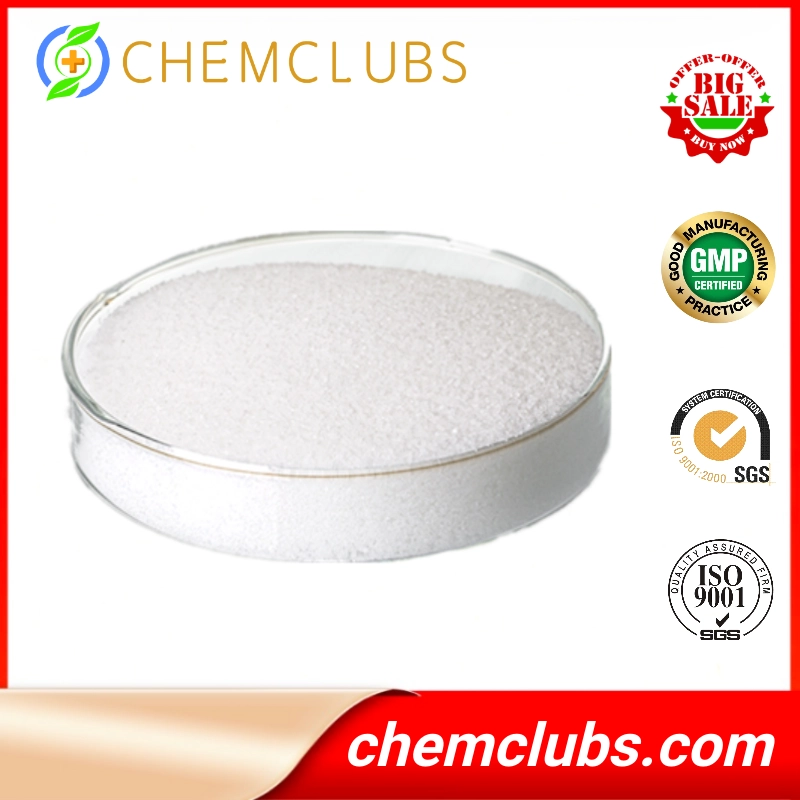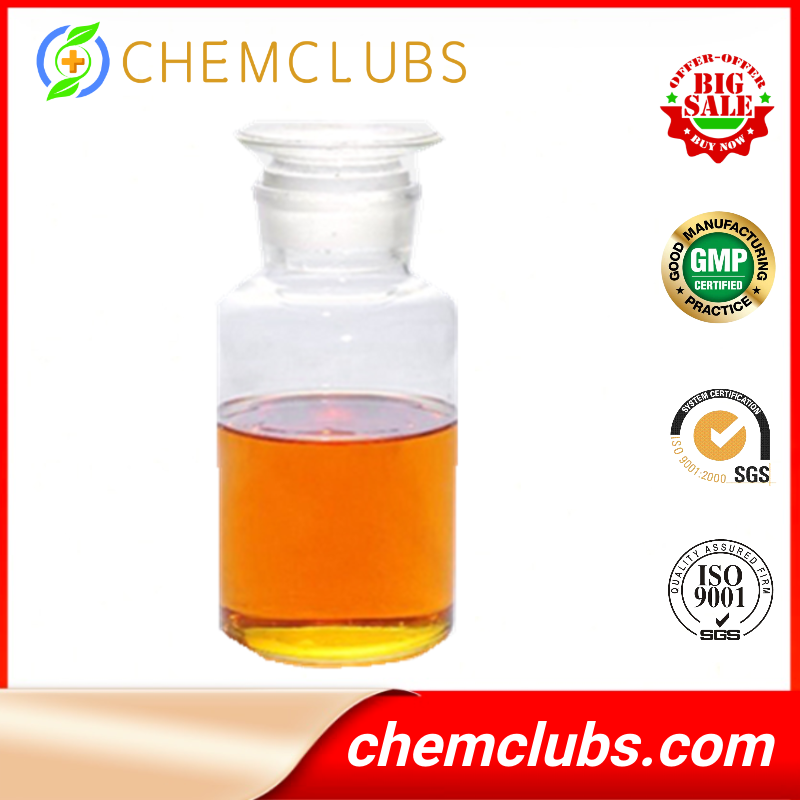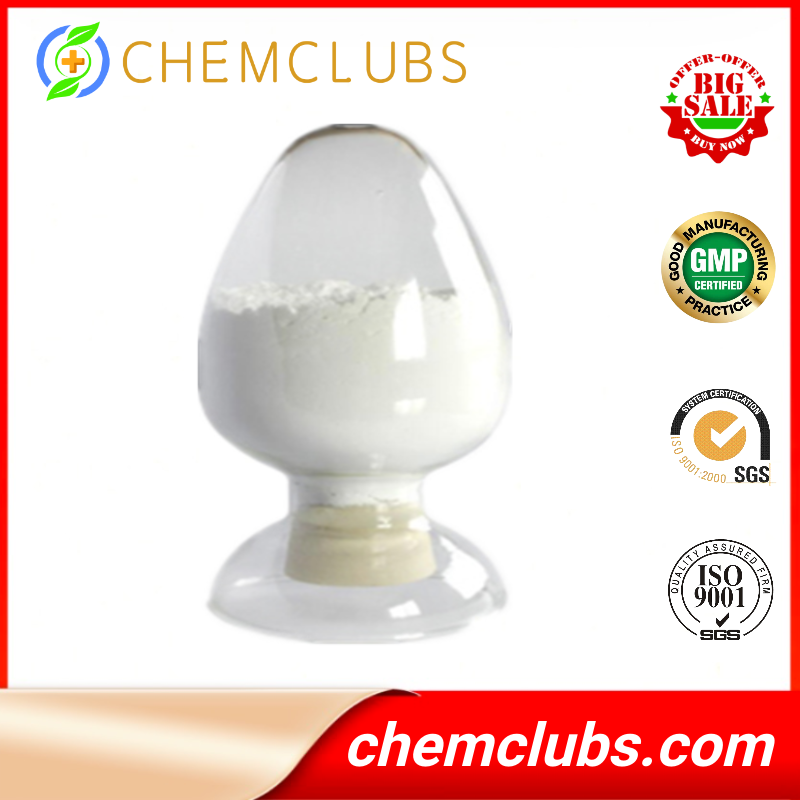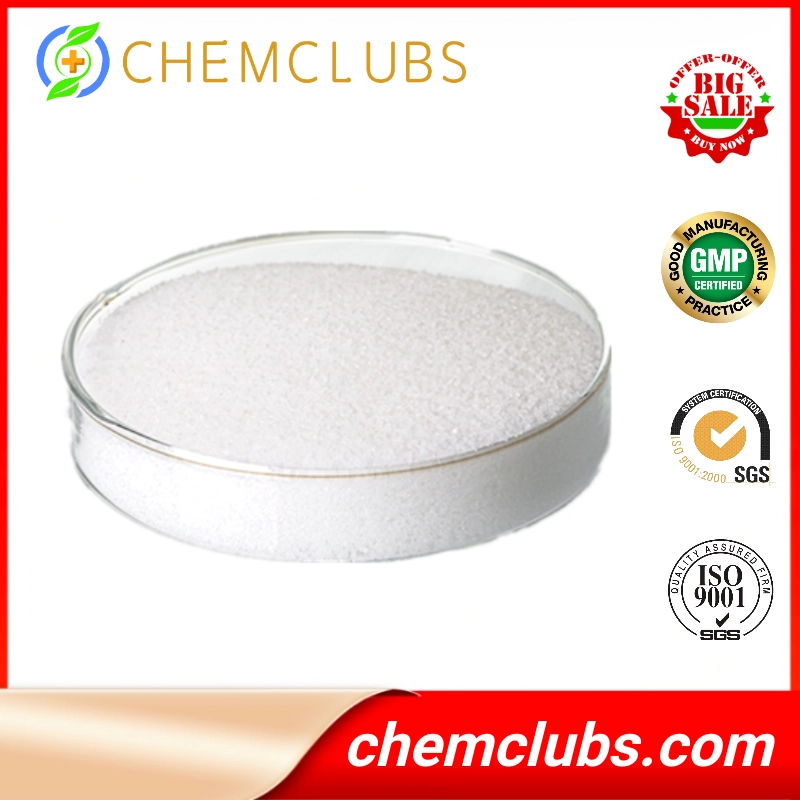
Phenacetin
Product Description:
Phenacetin Pharmaceutical Acetophenetidin Phenacetinum Painkiller
Phenacetin is now being widely used as a cutting agent to adulterate illegally supplied cocaine due
to the similar physical features of the two drugs. The average purity of manufactured cocaine is
70%. But investigators believe dealers in Britain are now selling the drug with purity as low as
30%. So if Phenacetin is used to provide this extra bulk, then on top of the risks of taking
cocaine, there is an increased cancer risk.
Phenacetin Acetophenetidin Phenacetinum (CAS No.: 62-44-2)
Synonyms: Acetophenetidin; Acetophenetidine; Acetophenetin; Acetphenetidin; Fenidina; Fenina; Kalmin; NSC 7651; Pertonal; Phenazetin; Phenedina; Phenidin; Phenin;
CAS Number: 62-44-2
Formula: C10H13NO2
Molecular Weight: 179.24
Ethoxyacetanilide;
EINECS: 200-533-0
Density: 1.099 g/cm3
Melting Point: 133-136 C(lit. )
Boiling Point: 355.1 C at 760 mmHg
Flash Point: 168.5 C
Solubility: 0.076 g/100 mL in water
Appearance: White crystalline powder
Packing: 25kg/drum
Uses: Antipyretic analgesics for the treatment of fever, headache, neuralgia.
What Is Phenacetin?
The painkiller phenacetin was the world's first synthetic pharmaceutical drug. It was developed by an American chemist and began distribution in 1887. Phenacetin was often accompanied by aspirin and caffeine in what were called APC pills, which were widely distributed during and after World War II. The use of phenacetin in the U.S. was discontinued in the 1980s because of links to cancer and other adverse side effects, but it remains available in some countries.
Phenacetin is a white crystalline powder with the chemical composition C10H13NO2. It was first developed by Harmon Northrop Morse in 1878. In addition to its pain-reducing properties, it also has been used as a fever-reducer, a treatment for rheumatoid arthritis and a treatment for intercostal neuralgia, a rare disorder that causes pain in the nerves around the ribs. It was one of the first painkillers that was not derived from opium while at the same time being absent of anti-inflammatory qualities.
In 1983, the U.S. Food and Drug Administration (FDA) banned phenacetin in the U.S. because of its discovered carcinogenic properties and its link to kidney failure. The FDA stated that phenacetin alone is reasonably believed to be a human carcinogen, or cancer-causing agent, and that painkiller mixtures containing the drug are known human carcinogens. There has been little evidence found that phenacetin alone is a human carcinogen because it usually has been administered in combination with other drugs.
Those who have taken drugs that contain phenacetin are more likely to develop cardiovascular disease, high blood pressure, anemia and cancer, and they are at a higher risk of death because of renal failure or diseases of the urinary system, according to various studies. A 1989 study showed that daily users of phenacetin were 5.1 times more likely to develop kidney disease than people who used the drug infrequently. The drug, which was also used in veterinary medicine, was shown to cause benign and malignant tumors in both mice and rats during experimental laboratory studies.
Some over-the-counter painkiller manufacturers replaced phenacetin with paracetamol, a similar drug that has not been shown to be a carcinogen. Paracetamol is also known as acetaminophen. Studies have shown that acetaminophen also can cause damage to the kidneys, but its side effects are not as serious as those of phenacetin.
Phenacetin is still available as a prescription medication in some countries, particularly in Europe. It has drawn attention for its use by gangs in the United Kingdom to dilute cocaine. The two drugs have a close physical resemblance.
Related Product
Best Madcican Product






